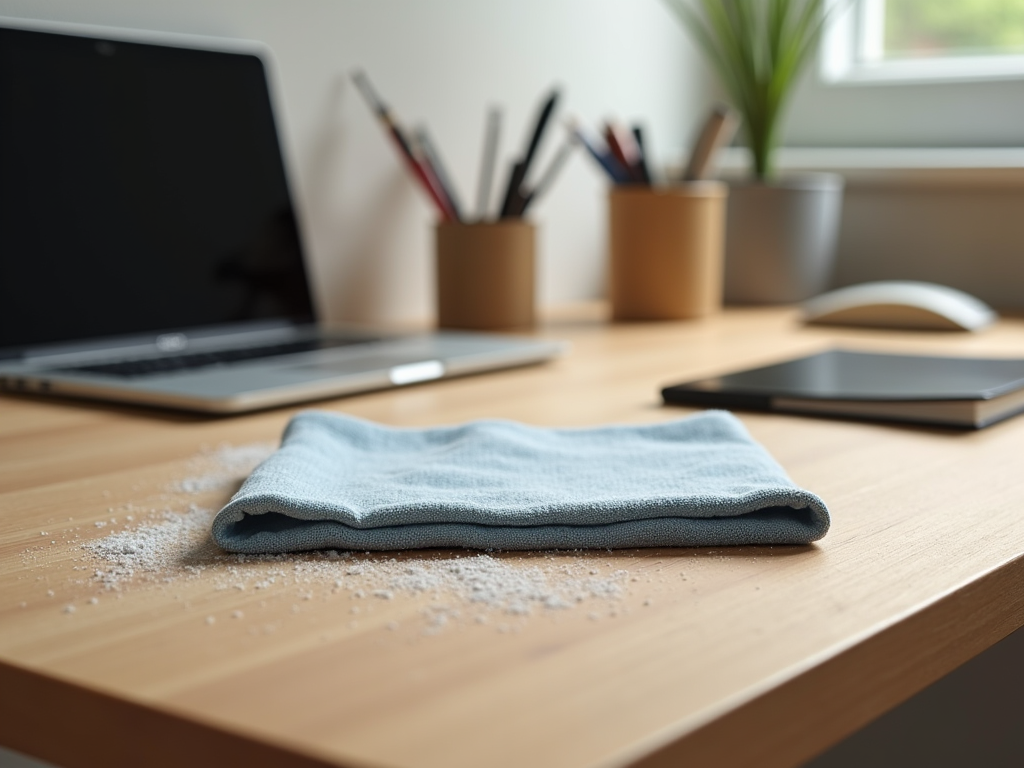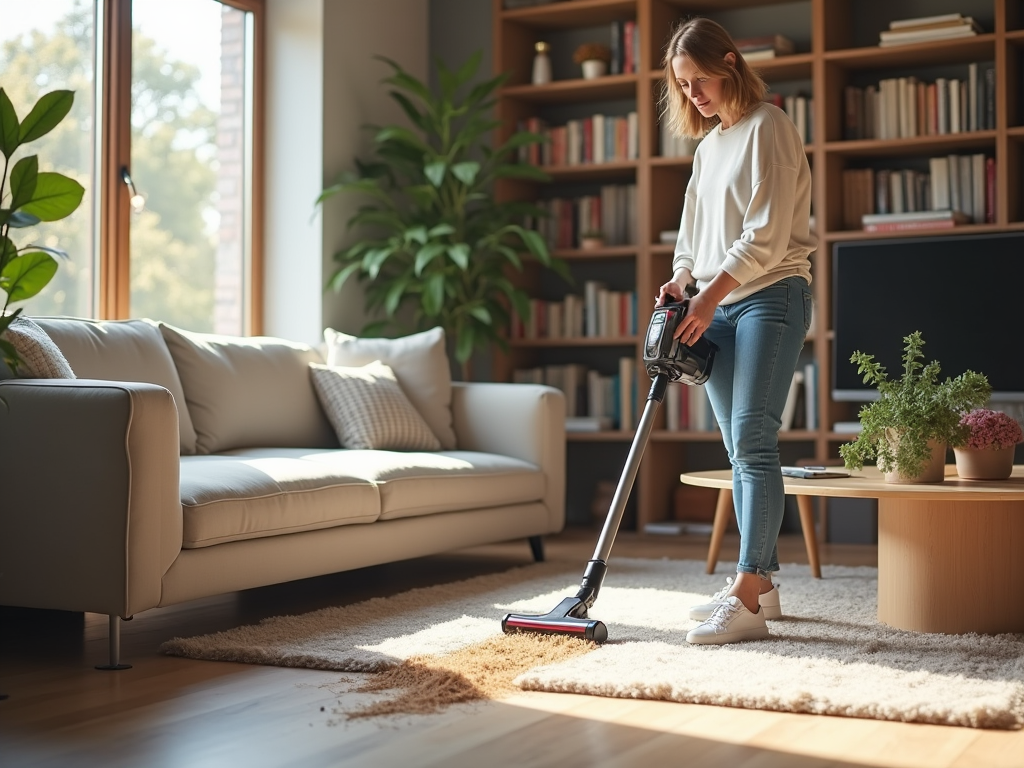Dust bunnies are more than just unsightly—they can affect the air quality in your home and exacerbate allergies. These fluffy collections of dust, lint, hair, and other debris naturally form in corners and under furniture, but knowing how to effectively get rid of them can help maintain a cleaner, healthier home. In this article, we’ll explore the origin of dust bunnies, techniques to eliminate them, and practical measures to prevent them from coming back.
What Causes Dust Bunnies?

Dust bunnies originate from the build-up of dust, pet hair, fabric fibers, and other tiny particles that accumulate over time. The movement of air within your home contributes to their formation, especially in areas with poor ventilation or infrequent cleaning. These particles tend to collect together in clumps, particularly in corners or under furniture where cleaning tools may not reach regularly.
The composition of dust bunnies can vary significantly depending on your household environment. Factors such as whether you have pets, the types of flooring, and even the number of people living in your home can influence how quickly and densely dust bunnies form. Knowing these underlying causes can inform your strategy to combat them effectively.
Effective Methods to Get Rid of Dust Bunnies

Eliminating dust bunnies requires a combination of routine cleaning tasks and targeted approaches. Regular vacuuming is the most efficient way to reduce dust and debris on floors and carpets. Ensure your vacuum cleaner is equipped with a HEPA filter, which can trap smaller particles more effectively. Moreover, using the vacuum’s attachments will help you access tight corners and spaces under furniture where dust bunnies commonly hide.
In addition to vacuuming, dusting with microfiber cloths is highly effective. Microfiber attracts and holds onto dust particles rather than dispersing them into the air. Consider the following routine for cleaning:
- Perform a light dusting on surfaces and shelves.
- Vacuum floors thoroughly, paying special attention to corners and under furniture.
- Use vacuum attachments on upholstery and curtains.
This comprehensive approach not only removes existing dust bunnies but also minimizes the chances of new ones forming immediately afterward.
Prevention plays a crucial role in keeping dust bunnies at bay. Regular maintenance and some strategic changes in your home environment can significantly decrease the frequency and volume of dust bunny appearances. Start by changing your air filters regularly; clogged filters can contribute to increased dust in your home. Opt for high-efficiency filters to capture more particles.
Another preventive measure is to minimize clutter, as items on the floor can trap and hide debris, making vacuuming less effective. Additionally, using a dehumidifier can reduce air moisture, making it harder for dust to clump together. By integrating these preventative measures, you’ll notice a substantial decrease in the production of dust bunnies over time.
Frequent Cleaning Habits to Adopt
Incorporating certain cleaning habits into your regular routine can greatly diminish the occurrence of dust bunnies. The first is to embark on weekly cleaning ventures. Consistent schedules help keep areas clear of debris before they have a chance to accumulate into larger dust bunnies. Pay particular attention to high-traffic areas, as these are prone to faster build-up.
Secondly, washing bed linens and other fabrics regularly will also make a considerable difference. Fabrics are major contributors of fibers that form dust bunnies. Aim for washing linens and curtains every two weeks to keep fiber shedding under control. Lastly, investing in a quality air purifier can help decrease airborne particles, limiting the materials dust bunnies need to survive.
Conclusion
Dust bunnies, while common, can be effectively managed with the right approach. By understanding their origins, using comprehensive cleaning methods, and adopting preventive measures, you can significantly improve the cleanliness and air quality of your home. Integrating these strategies into your regular home maintenance routine ensures a dust-free environment, enhancing the overall health and ambiance of your living space.
Frequently Asked Questions
1. How often should I vacuum to prevent dust bunnies?
A weekly vacuuming schedule is generally sufficient for most households. If you have pets or high foot traffic, you may need to vacuum more frequently to manage the increased amount of hair and dust.
2. Do air purifiers really help with dust bunnies?
Yes, air purifiers can reduce the amount of airborne dust and fibers, cutting down the materials dust bunnies need to form. Choose purifiers with good quality HEPA filters for the best results.
3. Are dust bunnies harmful?
Dust bunnies themselves are not harmful, but they can affect indoor air quality and aggravate allergies and asthma. Regular cleaning can help mitigate these risks.
4. Can changing my flooring help reduce dust bunnies?
Certain flooring like hardwood or tile doesn’t trap as much dust as carpet does, thus reducing the formation of dust bunnies. Regular cleaning is still necessary regardless of flooring type.
5. What is the best tool to remove dust bunnies from tight spaces?
A vacuum with a flexible hose and brush attachment is ideal for removing dust bunnies from hard-to-reach areas like beneath furniture and inside vents.
